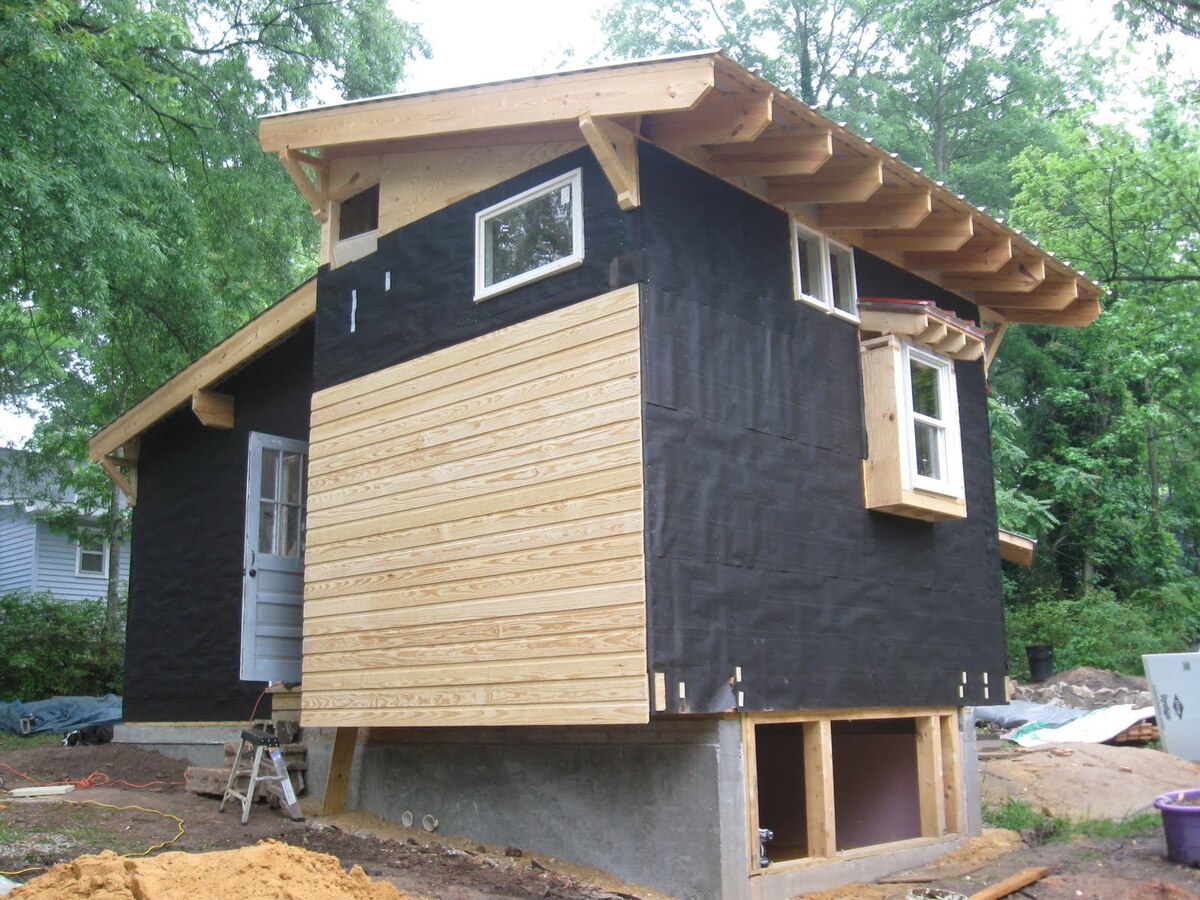

Articles
What Is Behind Siding On A House
Modified: March 1, 2024
Discover the secrets behind the siding on a house with our informative articles. Learn about materials, installation, maintenance, and more.
(Many of the links in this article redirect to a specific reviewed product. Your purchase of these products through affiliate links helps to generate commission for Storables.com, at no extra cost. Learn more)
Introduction
Welcome to the world of house siding! If you’ve ever wondered what lies behind those beautiful exteriors, this article is for you. Siding plays a crucial role in protecting your home from the elements while enhancing its curb appeal. But what exactly is siding, and why is it so important?
Siding refers to the materials installed on the exterior walls of a house. It serves as a protective layer, shielding the underlying structure from moisture, UV rays, wind, and other environmental factors. Not only does it provide insulation and weather resistance, but it also adds an aesthetic touch, giving your home a unique and personalized look.
Understanding the different types of siding available, their benefits, installation process, and ongoing maintenance is crucial when considering options for your home. Let’s dive into the world of siding to discover what lies beneath.
Key Takeaways:
- Siding is more than just a pretty exterior; it’s a protective barrier against the elements, offering energy efficiency, low maintenance, and increased home value. Choose the right material and maintain it for long-lasting benefits.
- When considering siding, weigh factors like budget, climate, and aesthetics. Professional installation and regular maintenance are crucial for preventing common issues and maximizing the longevity and appeal of your home’s exterior.
Read more: What Is Siding On A House Made Of
Understanding Siding
Siding is not just a superficial addition to your home; it plays a vital role in protecting it from various weather conditions and external elements. It acts as a barrier, preventing water, insects, and debris from penetrating the walls and causing damage to the structure.
While siding comes in various materials, such as vinyl, wood, fiber cement, aluminum, and brick, they all serve the same purpose of fortifying your home. Each material has its own set of advantages and considerations, making it essential to understand the pros and cons of each before making a decision.
Vinyl siding is a popular choice due to its affordability, durability, and low maintenance requirements. It is resistant to rot, insects, and fading, making it a long-lasting option. On the other hand, wood siding offers a natural and timeless look, but requires regular maintenance to prevent issues such as rotting, splitting, and termite infestation.
Fiber cement siding is a blend of cement, sand, and cellulose fibers, offering excellent durability and resistance to fire, insects, and rot. It can mimic the appearance of wood, making it an attractive alternative for homeowners who want the look of wood but with less maintenance.
Aluminum siding is known for its strength, as it resists impact and is not prone to warping or rotting. It can withstand severe weather conditions and requires minimal maintenance. Lastly, brick siding is renowned for its classic and elegant look, but it tends to be more expensive and requires professional installation due to its weight and complexity.
Understanding the different types of siding available will help you make an informed decision based on your budget, aesthetic preferences, and the specific needs of your home.
Types of House Siding
When it comes to house siding, there are several options to choose from, each with its own unique characteristics and aesthetic appeal. Let’s explore some of the most popular types of siding:
- Vinyl Siding: Vinyl siding is one of the most widely used types of siding due to its affordability, versatility, and low maintenance requirements. It comes in a range of colors and textures, making it easy to find a style that suits your home. Vinyl siding is durable, resistant to fading, and typically comes with warranties that can extend for decades.
- Wood Siding: Wood siding exudes a natural and timeless look that adds warmth and charm to any home. It is available in several varieties such as cedar, pine, and redwood. Wood siding requires regular maintenance, including painting or staining, to protect it from moisture damage and pests.
- Fiber Cement Siding: Fiber cement siding is a blend of sand, cement, and cellulose fibers, offering exceptional durability and resistance to fire, insects, and rot. It can mimic the appearance of wood or other textures and is available in a variety of colors. Fiber cement siding requires minimal maintenance and is known for its longevity.
- Aluminum Siding: Aluminum siding is known for its strength and durability. It is resistant to warping, cracking, and fading, making it an excellent option for areas with extreme weather conditions. Aluminum siding is available in different styles and textures, offering a sleek and modern look to your home.
- Brick Siding: Brick siding is renowned for its timeless elegance and durability. It is a popular choice for homeowners seeking a classic and sophisticated look. Brick siding requires professional installation due to its weight and complexity. It offers excellent protection against fire and requires minimal maintenance.
Each type of siding has its own benefits and considerations, so it’s important to consider factors such as your budget, the climate in your area, and the desired aesthetic appeal when choosing the right siding for your home.
Benefits of Siding
Siding offers numerous benefits to homeowners beyond just enhancing the visual appeal of their homes. Here are some of the key advantages of having quality siding installed:
- Protection: Siding acts as a protective barrier, shielding your home from the elements. It helps prevent water damage, insect infestations, and other potential issues that can compromise the structural integrity of your house.
- Energy Efficiency: Quality siding, particularly insulated options, can improve the energy efficiency of your home. It helps to seal gaps and reduce air leakage, keeping your indoor temperature stable and reducing energy consumption for heating and cooling.
- Curb Appeal: Siding greatly enhances the appearance of your home’s exterior. With a wide range of colors, textures, and styles available, you can customize the look to suit your personal taste and complement the overall aesthetics of your neighborhood.
- Low Maintenance: Many types of siding, such as vinyl and fiber cement, require minimal maintenance. They are resistant to rot, pests, fading, and cracking. A simple occasional cleaning with water and mild detergent is usually enough to keep them looking their best.
- Durability: Quality siding materials are designed to withstand the test of time. They are engineered to resist impact, extreme weather conditions, and UV rays, ensuring that your home remains protected and beautiful for many years.
- Increased Home Value: Siding is a worthwhile investment that can significantly increase the value of your home. Potential buyers are often attracted to homes with well-maintained and visually appealing exteriors, making your property more marketable.
- Noise Reduction: Insulated siding can help reduce outdoor noise, creating a quieter and more peaceful indoor environment. This is particularly beneficial if you live in a busy neighborhood or near a noisy road.
With these benefits in mind, it’s clear that siding is more than just a cosmetic addition to your home. It provides essential protection, energy efficiency, and a lasting impact on your home’s overall value and appeal.
Factors to Consider When Choosing Siding
Choosing the right siding for your home is a significant decision that requires careful consideration. Here are some important factors to keep in mind before making your selection:
- Budget: Determine your budget for siding installation, including the cost of materials and professional installation if required. Different types of siding vary in price, so it’s important to choose an option that aligns with your budget.
- Maintenance: Consider how much time and effort you are willing to invest in maintaining your siding. Some materials, such as wood, require regular attention, including painting or staining, while others, like vinyl or fiber cement, have lower maintenance requirements.
- Climate: Take into account the climate in your area. Choose siding materials that can withstand the local weather conditions, such as high winds, extreme temperatures, or heavy rainfall. Some materials are better suited for specific climates, so consult with local experts or contractors for guidance.
- Energy Efficiency: If energy efficiency is a priority, consider opting for insulated siding. Insulation can improve your home’s energy efficiency by reducing heat transfer and preventing drafts. This feature can help you save on heating and cooling costs over time.
- Style and Aesthetics: Think about the style and aesthetics you want to achieve. Consider the architectural design of your home and choose siding that complements its features. Look for a variety of colors, textures, and profiles to find a style that reflects your personal taste and enhances your home’s curb appeal.
- Longevity and Durability: Assess the durability and lifespan of the siding materials you are considering. Factors such as resistance to impact, fading, pests, and moisture should be taken into account. Investing in durable siding will ensure that it lasts for many years to come.
- Environmental Impact: Consider the environmental impact of the siding materials. Look for options that are eco-friendly, made from sustainable materials, or can be recycled at the end of their lifespan. This consideration helps reduce your carbon footprint and contributes positively to the environment.
- Local Regulations: Check with local authorities or homeowner associations for any specific regulations or restrictions regarding siding materials or colors. Some neighborhoods may have guidelines in place that you need to adhere to.
By considering these factors, you can make an informed decision and choose siding that not only fits your budget but also meets your requirements in terms of maintenance, aesthetics, durability, and energy efficiency.
Before installing siding on your house, make sure to inspect the condition of the existing exterior. Look for any signs of damage, rot, or mold that may need to be addressed before covering it up with new siding.
Read more: What Is The Cheapest Siding For A House
Installation Process
The installation process of house siding typically involves several steps to ensure a proper and secure fit. While it’s recommended to hire a professional siding contractor for the installation, understanding the general process can help you make informed decisions and monitor the progress. Here’s a brief overview of the installation process:
- Preparation: The first step is to prepare the area by removing any old siding, if necessary. This includes ensuring that the underlying surface is clean, free from debris, and in good condition.
- Waterproofing: To provide additional protection against moisture, a waterproofing barrier, such as a house wrap or building paper, is applied to the exterior walls. This helps prevent water penetration and keeps the underlying structure dry.
- Flashing: Flashing is used to seal any vulnerable areas, such as windows, doors, and corners, to prevent water from seeping in. It is usually made of metal, such as aluminum or stainless steel, and is strategically installed to redirect water away from the building.
- Siding Installation: The chosen siding material is then installed, starting from the bottom and working your way up. Each piece of siding is securely fastened to the walls using nails or other appropriate fasteners. The siding is overlapped to ensure a watertight seal and to maintain its stability against wind and other external forces.
- Trim and Accessories: Trim pieces, such as corner boards, soffits, and fascia, are installed to give the siding a finished look. These trim pieces not only provide a clean appearance but also serve to protect and cover any exposed edges.
- Finishing Touches: Finally, any necessary touch-ups or adjustments are made, ensuring that the siding is properly aligned and securely in place. Clean-up of the work area is conducted to leave your property looking neat and tidy.
It’s important to note that the installation process may vary slightly depending on the specific type of siding and the unique requirements of your home. Hiring an experienced and reputable siding contractor will ensure that the installation is done correctly and professionally, minimizing the risk of future issues.
Maintenance and Upkeep
Proper maintenance and regular upkeep of house siding are crucial to ensure its longevity and keep your home looking its best. While different types of siding have specific maintenance requirements, here are some general tips to help you maintain your siding:
- Regular Cleaning: Clean your siding at least once a year to remove dirt, debris, and mildew. You can use a soft brush, mild detergent, and water to gently scrub the surface. Be sure to rinse thoroughly to prevent any residue from drying and leaving behind spots.
- Inspect for Damage: Regularly inspect your siding for any signs of damage, such as cracks, chips, or loose panels. Promptly repair or replace any damaged sections to prevent further deterioration and to maintain the integrity of your siding.
- Trim Vegetation: Trim any overgrown vegetation or trees near your siding. This helps prevent damage caused by branches rubbing against the siding and reduces the risk of pests finding their way into your home through gaps or cracks.
- Prevent Water Accumulation: Ensure that your gutters and downspouts are clear of debris and functioning properly. This helps prevent water from overflowing and seeping behind your siding, which can lead to water damage and mold growth.
- Check Caulking and Sealant: Inspect the caulking and sealant around windows, doors, and other openings in your siding. If you notice any cracks or gaps, reapply caulk or sealant to maintain a watertight seal and prevent water intrusion.
- Pest Control: Take preventative measures to keep pests away from your siding. Seal any gaps or openings where pests can enter, such as around utility lines or vents. Additionally, consider using pest repellents or contacting a professional exterminator if you notice signs of infestation.
- Paint or Stain Maintenance: If you have wood siding that requires painting or staining, be sure to follow the maintenance schedule recommended by the manufacturer. Regularly touch up or repaint the siding to protect it from moisture, UV rays, and other environmental factors.
- Annual Inspections: Schedule annual inspections with a professional siding contractor to assess the overall condition of your siding, identify any potential issues, and address them before they escalate into more significant problems.
By following these maintenance tips and regularly caring for your siding, you can ensure its longevity, preserve its appearance, and protect your home from potential damage caused by neglect or improper upkeep.
Common Issues with Siding
While siding is designed to withstand various weather conditions and external factors, it is not immune to certain issues that may arise over time. Being aware of these common problems can help you identify and address them before they cause significant damage. Here are some of the most common issues with siding:
- Moisture Damage: Excessive moisture can lead to problems such as rot, mold, and mildew. If water seeps behind the siding or accumulates within the structure, it can cause the siding to warp, swell, or discolor. Regularly inspect your siding for signs of moisture damage.
- Cracking or Splitting: Depending on the material, siding can develop cracks or splits over time due to exposure to the elements, temperature fluctuations, or impact. These cracks can allow moisture to penetrate the siding, leading to further damage and compromising its integrity.
- Fading and Discoloration: Continuous exposure to UV rays can cause certain types of siding, particularly vinyl, to fade or become discolored. This can affect the overall appearance of your home and may necessitate repainting or replacing the affected sections of siding.
- Pest Infestation: Insects, rodents, and other pests can find their way into your home through gaps, cracks, or openings in the siding. They can cause damage to the siding itself, as well as pose a threat to your home’s interior. Regularly inspect and seal any openings to keep pests at bay.
- Warped or Buckled Siding: Extreme temperature fluctuations can cause siding materials such as vinyl or wood to expand and contract, leading to warping or buckling. This not only affects the appearance of your home but may also compromise its weatherproofing and insulation capabilities.
- Improper Installation: If the siding was not properly installed, it can result in various problems, including gaps, loose panels, or inadequate weatherproofing. It’s essential to choose a reputable and experienced contractor who follows proper installation techniques to avoid these issues.
- Impact Damage: Siding can be susceptible to damage from fallen branches, hail, or other impact sources. This can result in dents, cracks, or breaks in the siding material, compromising its appearance and functionality.
- Maintenance Neglect: Failing to maintain and care for your siding can lead to accelerated deterioration and the occurrence of other issues. Regular cleaning, inspections, and timely repairs are essential to maximize the lifespan and performance of your siding.
If you notice any of these issues with your siding, it’s important to address them promptly. Consult with a professional siding contractor to assess the severity of the problem and determine the best course of action to repair or replace the affected siding.
Cost of Siding
The cost of siding installation can vary depending on several factors, including the type of siding material, the size of your home, the complexity of the project, and the region in which you live. Understanding the cost factors involved can help you estimate your budget for a siding project. Here are some key considerations:
- Siding Material: Different types of siding materials have varying costs. Vinyl siding tends to be the most affordable option, while wood and fiber cement siding are typically more expensive. Brick siding is often the most costly due to the higher material and installation expenses.
- Size and Layout of the Home: The overall square footage of your home, as well as its architectural complexity, can impact the cost. Larger homes require more materials, labor, and time for installation, which can increase the overall expense.
- Additional Features: Factors such as the inclusion of insulation, trim, accessories, and custom design elements can affect the cost. These additional features can enhance the functionality and aesthetics of your siding but may also add to the total project cost.
- Labor Costs: The cost of labor for siding installation can vary depending on the contractor’s experience, location, and the complexity of the project. It’s important to obtain multiple quotes from reputable contractors to compare prices and ensure you get a fair estimate.
- Geographic Location: The region you live in can influence the cost of siding due to factors such as local labor rates, material availability, and climate considerations. Prices may vary significantly from one area to another.
- Removal of Existing Siding: If you have existing siding that needs to be removed before installing new siding, this can add to the overall cost. The difficulty and time required for the removal process will impact the labor charges.
- Warranties and Quality: Higher-quality siding materials often come with longer warranties, which can affect the price. Investing in durable and reputable siding materials may have a higher upfront cost but can save you money in the long run by reducing the need for frequent repairs or replacements.
It’s essential to obtain detailed quotes from multiple contractors and carefully evaluate the materials and services provided. Compare the costs, warranties, and reputation of the contractors to make an informed decision that fits your budget and ensures quality workmanship.
While it’s important to consider the costs associated with siding installation, remember that quality and durability should also be prioritized to ensure the long-term protection and aesthetics of your home.
Read more: Where To Buy Siding For House
Conclusion
Siding is a crucial component of your home’s exterior, providing protection, insulation, and aesthetic appeal. Understanding the different types of siding available, their benefits, and maintenance requirements is essential to make an informed decision for your home. Whether you opt for vinyl, wood, fiber cement, aluminum, or brick siding, each material offers unique advantages and considerations.
By choosing the right siding for your home and implementing proper maintenance practices, you can ensure the longevity and beauty of your exterior. Regular cleaning, inspections, and timely repairs are key to preventing issues such as moisture damage, fading, warping, and pest infestations. Additionally, paying attention to factors such as budget, climate, energy efficiency, and style will help you make a choice that aligns with your needs and preferences.
When it comes to siding installation, hiring a professional contractor is recommended to ensure proper and secure fitting. The installation process involves several steps, including preparation, waterproofing, flashing, siding installation, and finishing touches. Seeking professional advice and scheduling regular inspections can help you catch any potential issues early on and address them promptly.
It’s important to note that the cost of siding installation can vary depending on factors such as material, home size, labor costs, and additional features. Obtaining multiple quotes and considering the overall value, warranties, and reputation of contractors can help you make an informed decision within your budget.
In conclusion, siding is not just a decorative element but an essential component of your home’s protection and visual appeal. By choosing the right siding material, maintaining it properly, and seeking professional installation, you can enhance your home’s durability, energy efficiency, and beauty for years to come.
Frequently Asked Questions about What Is Behind Siding On A House
Was this page helpful?
At Storables.com, we guarantee accurate and reliable information. Our content, validated by Expert Board Contributors, is crafted following stringent Editorial Policies. We're committed to providing you with well-researched, expert-backed insights for all your informational needs.
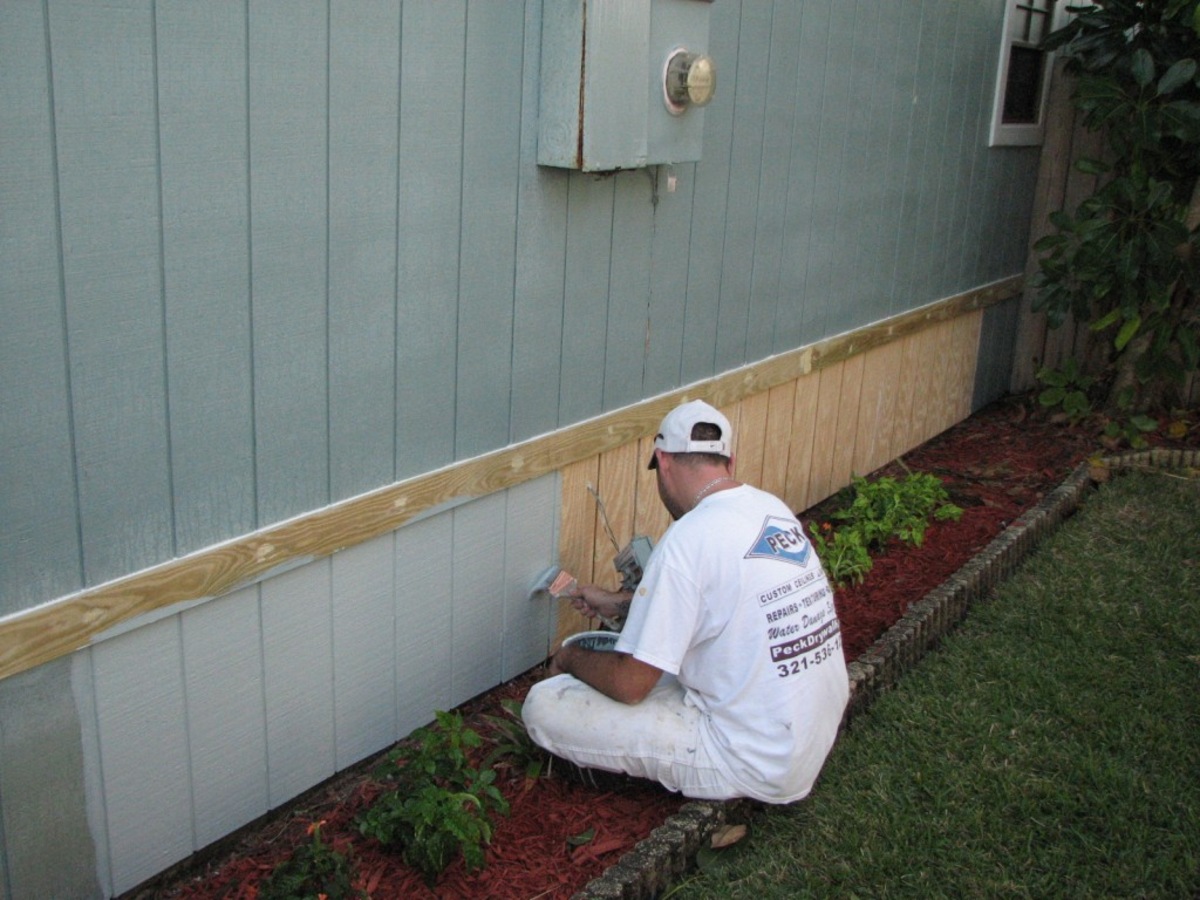
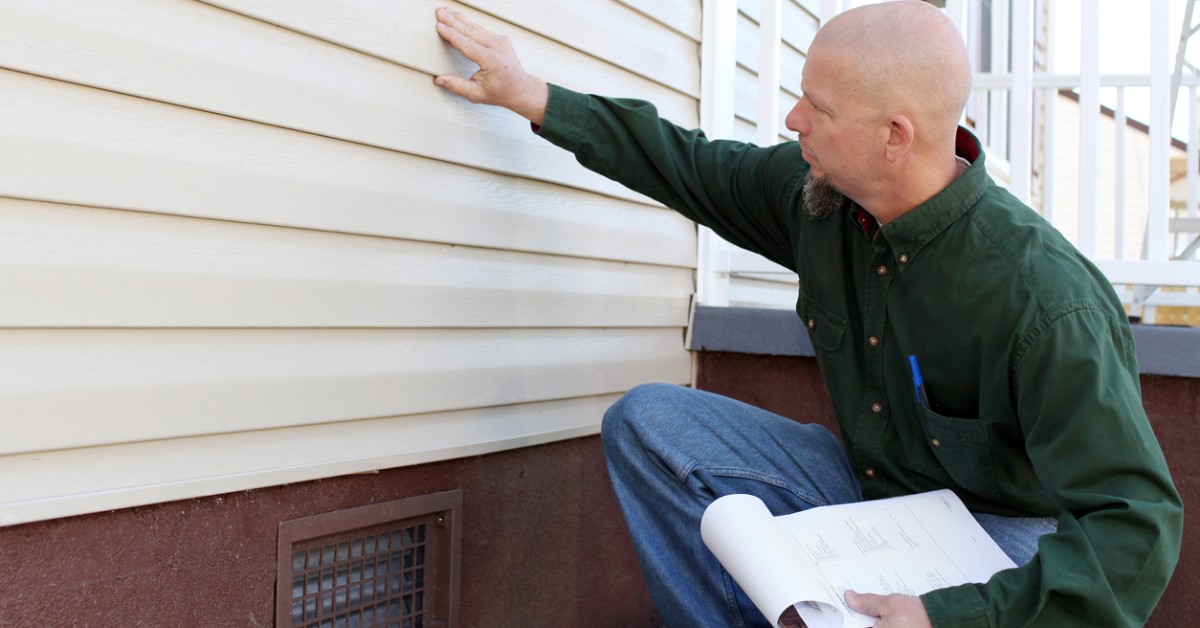
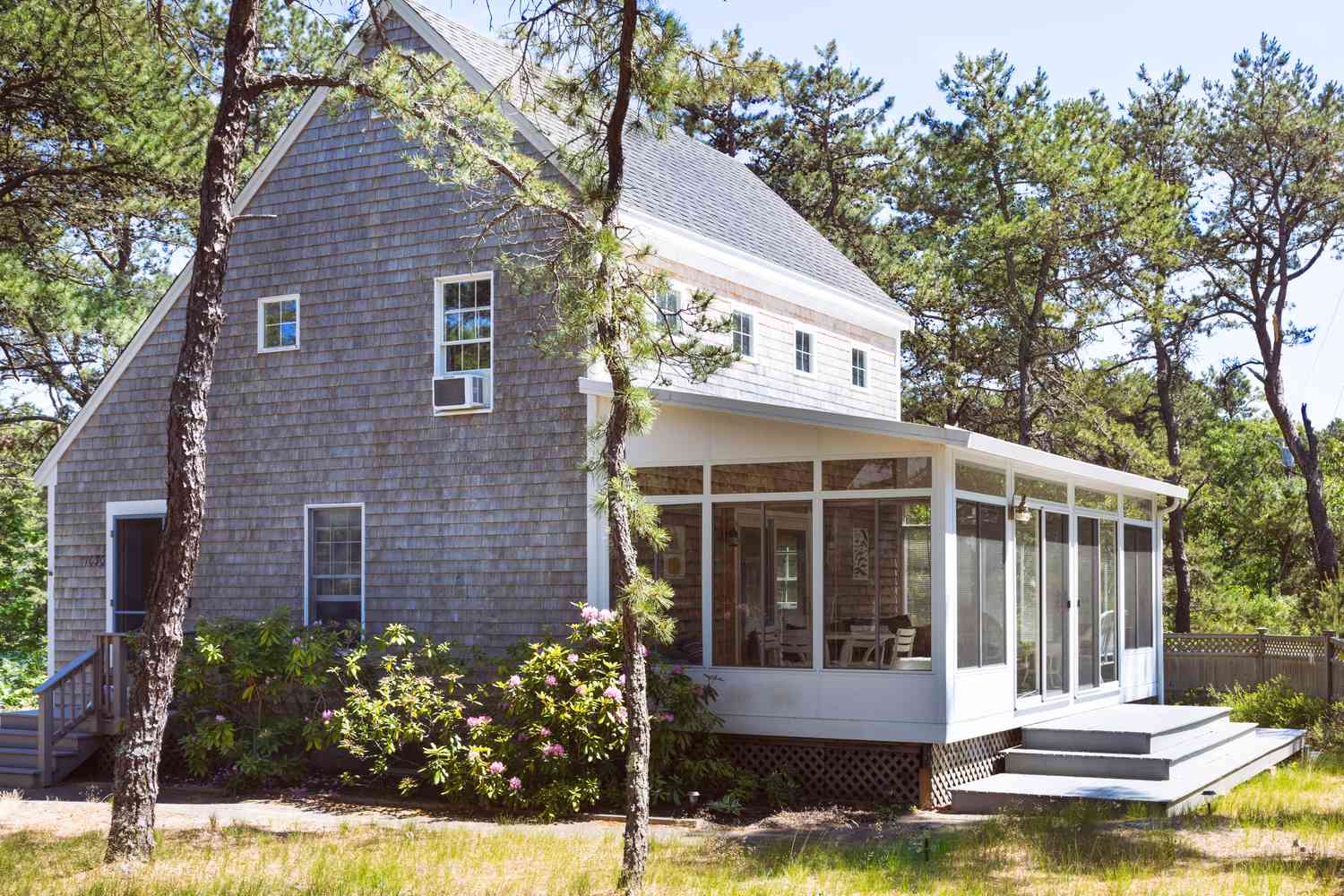
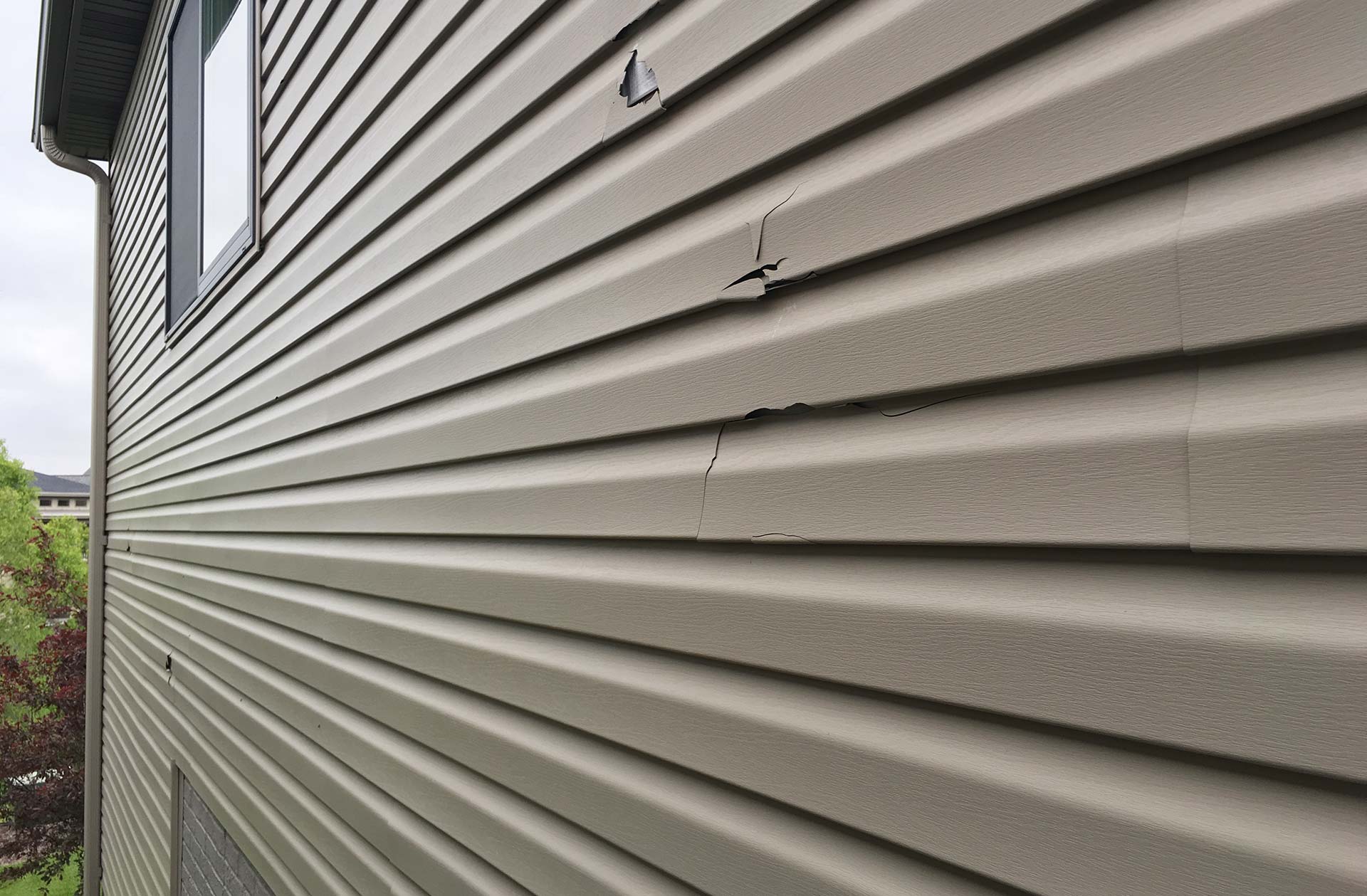
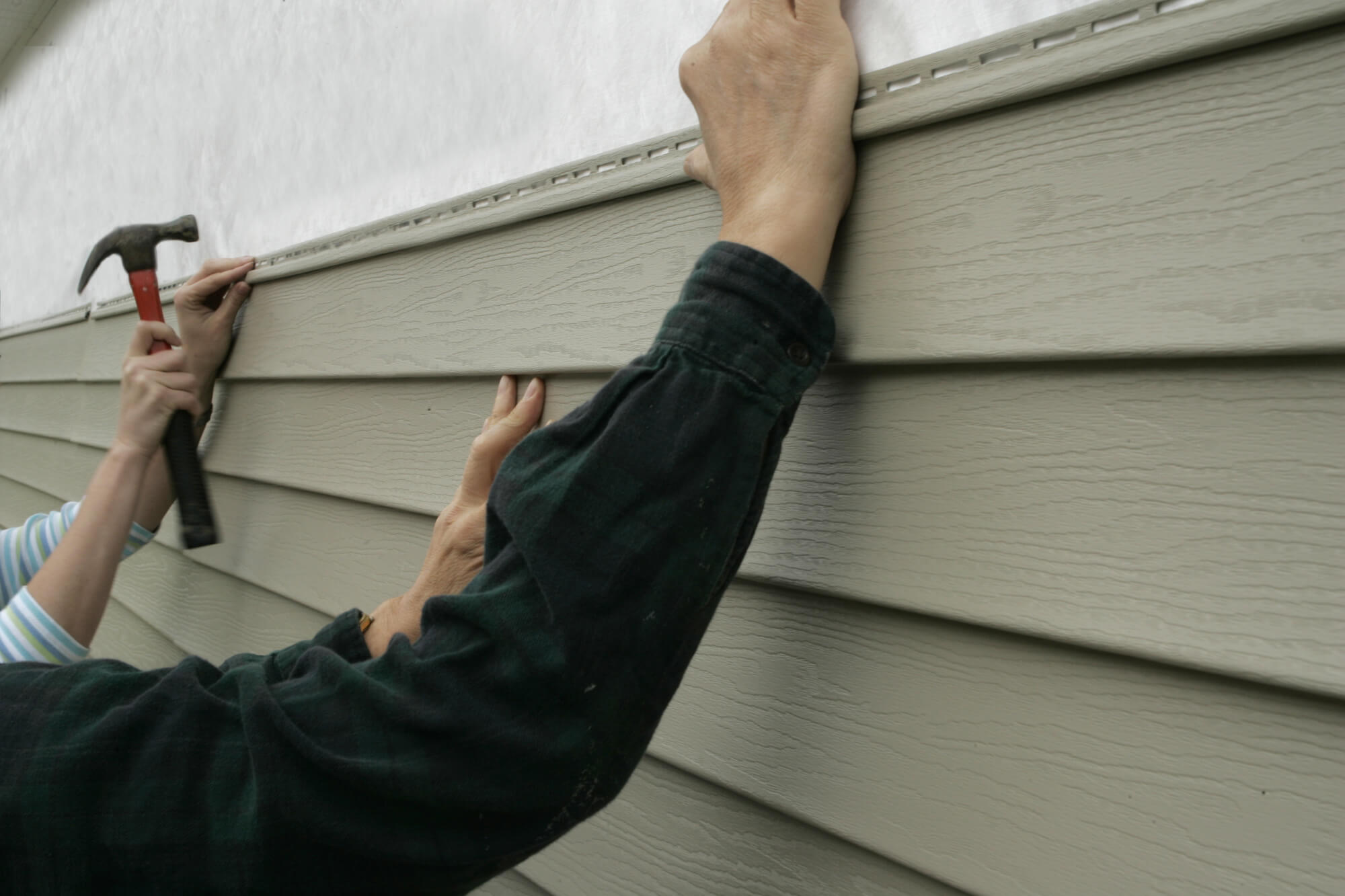
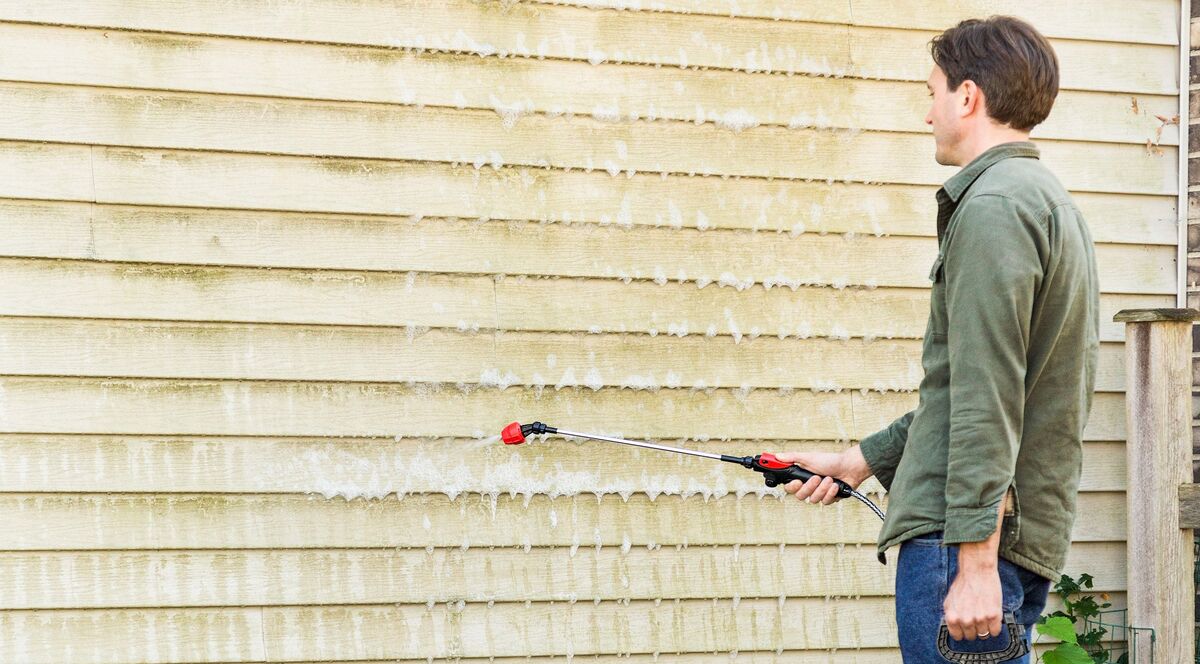
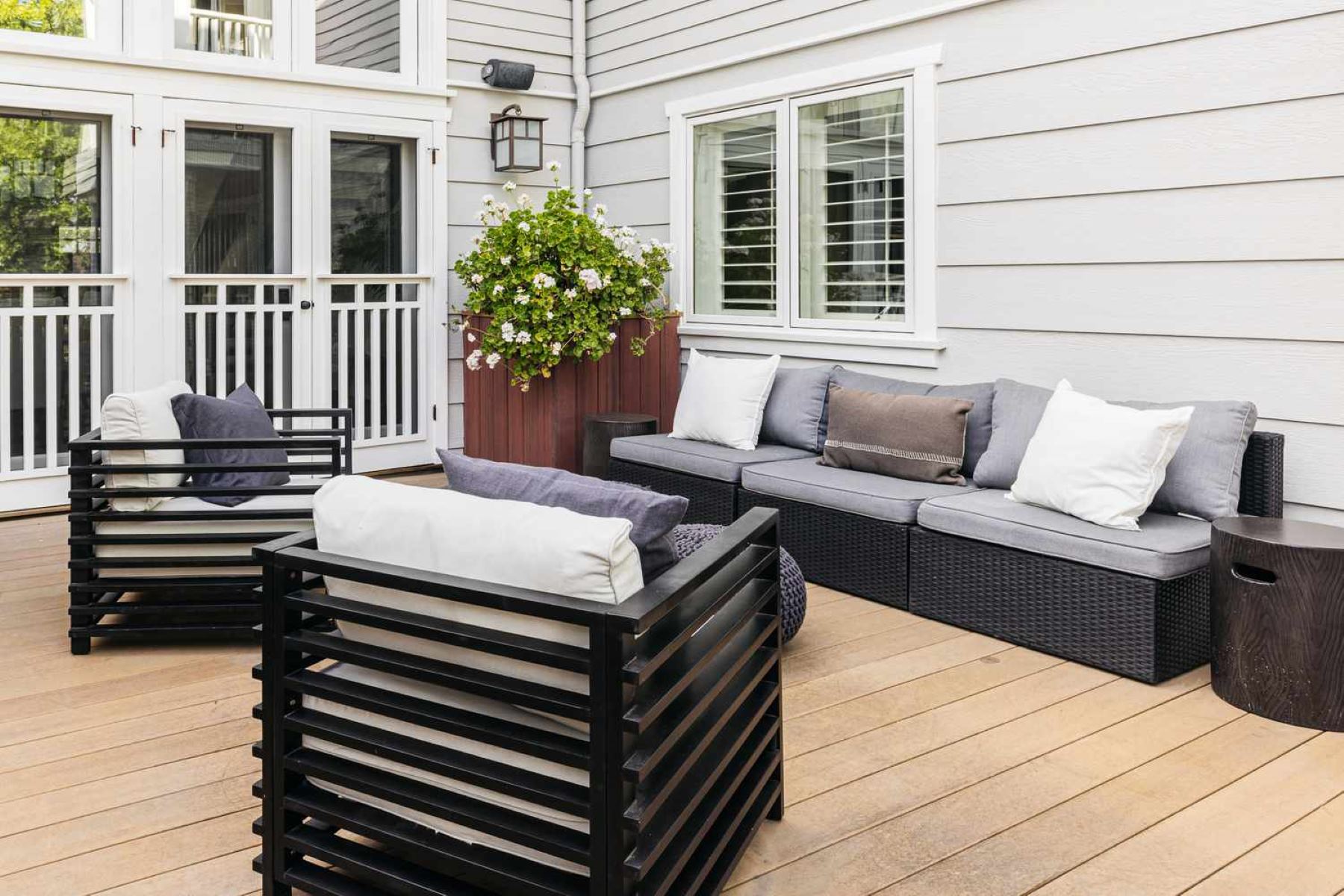
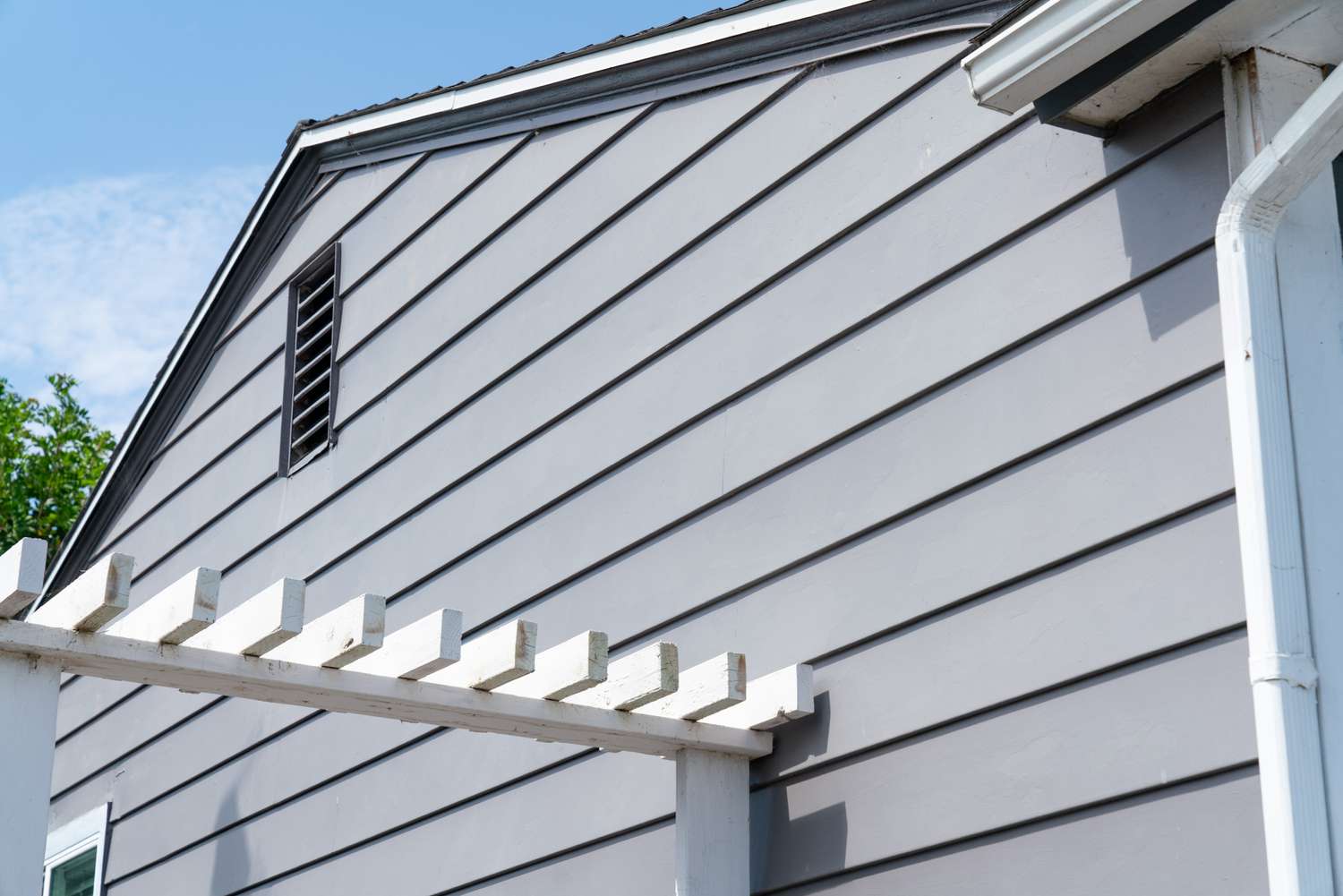
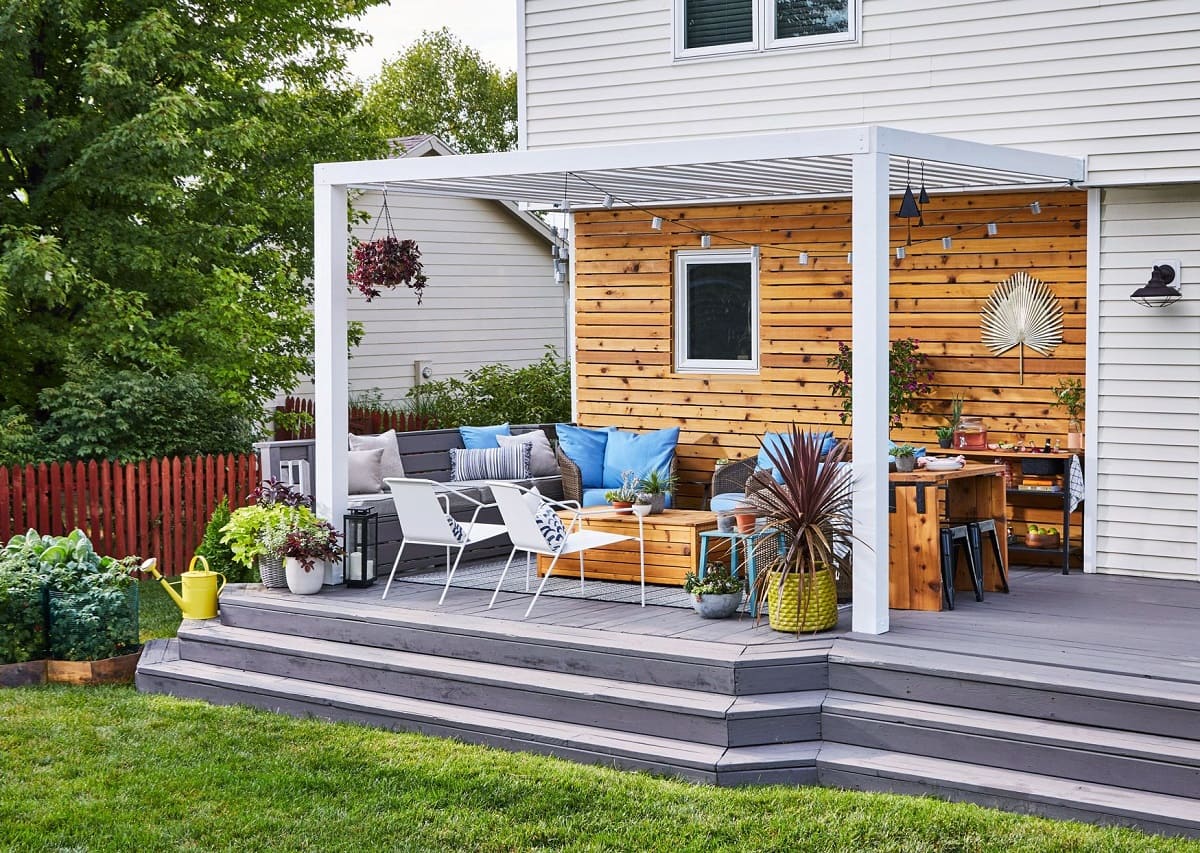
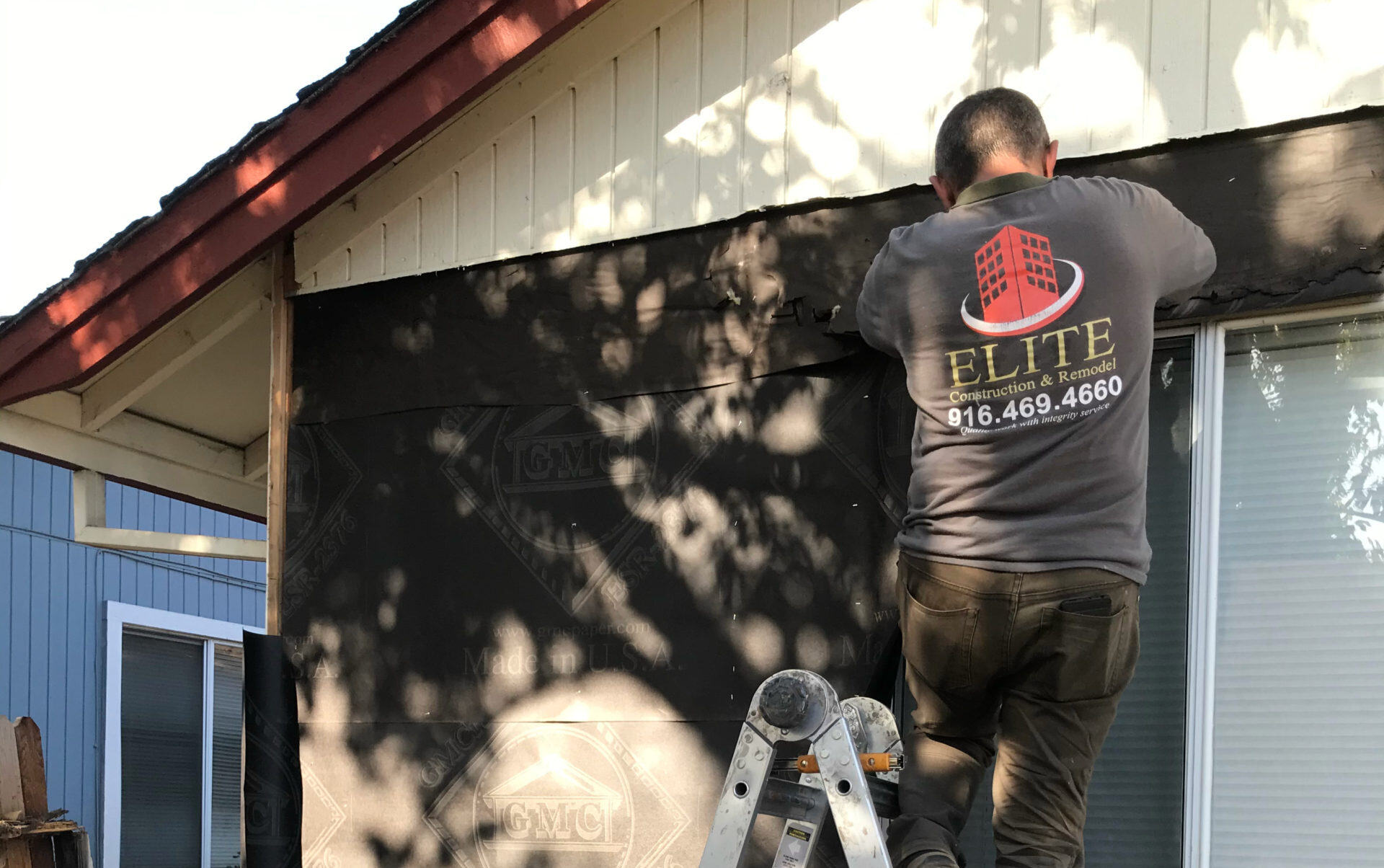
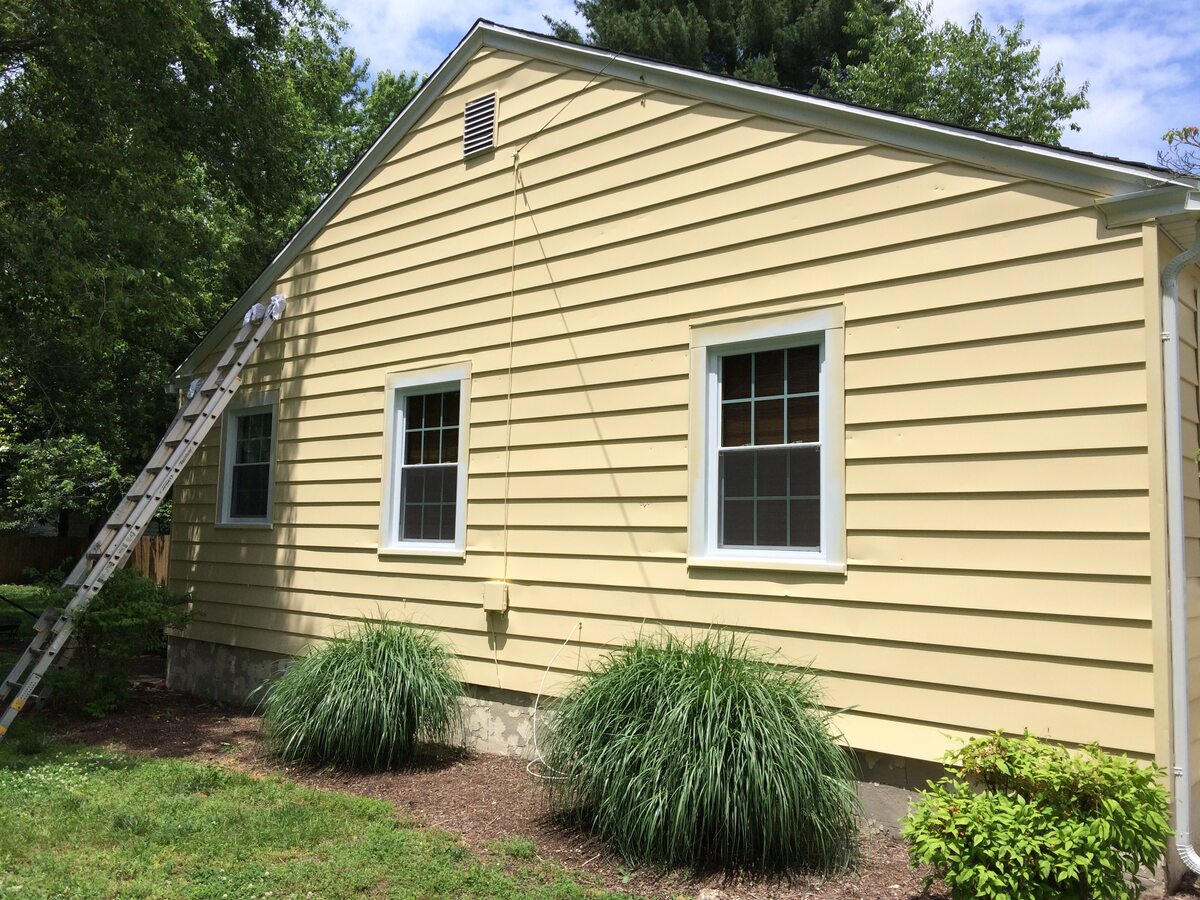
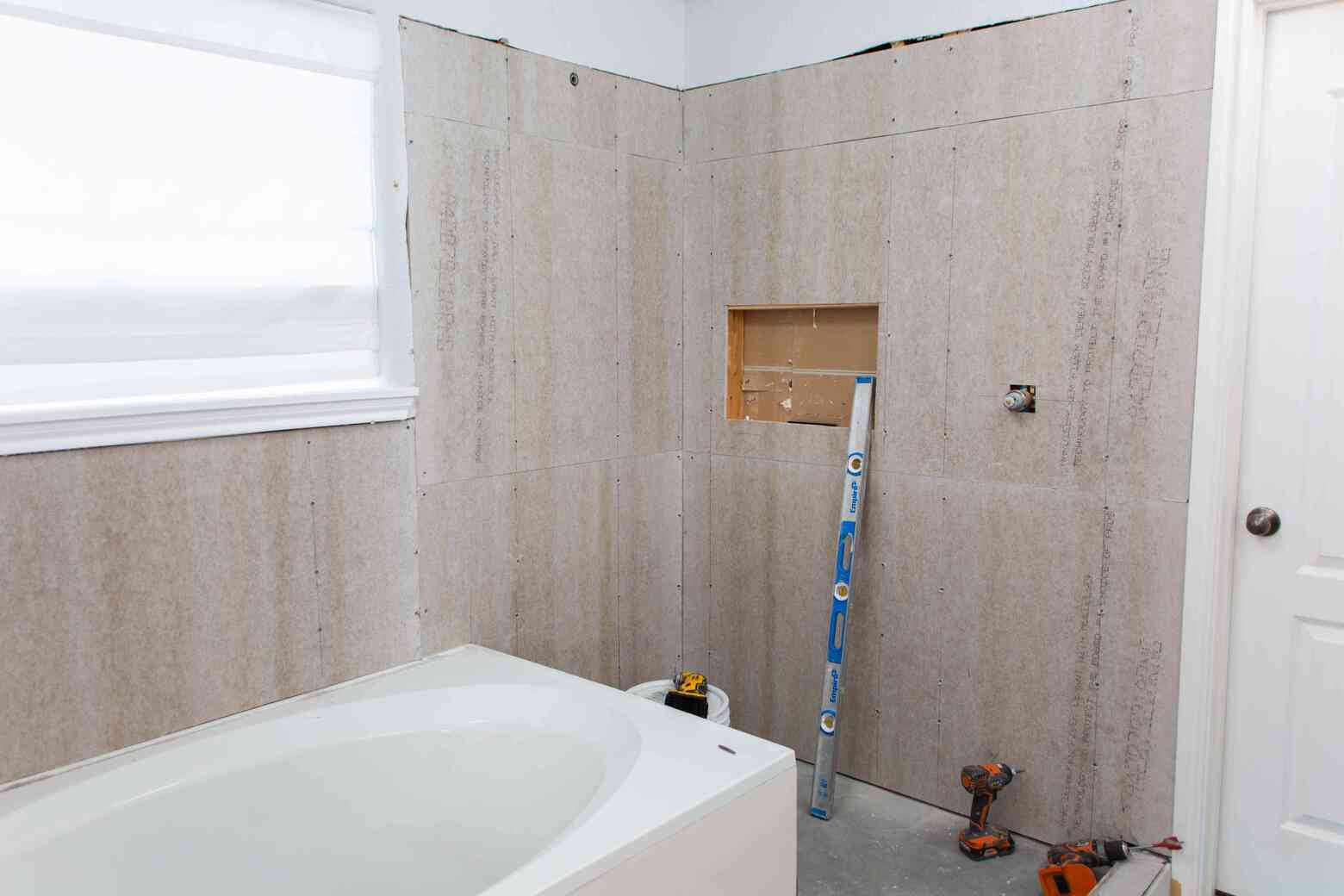
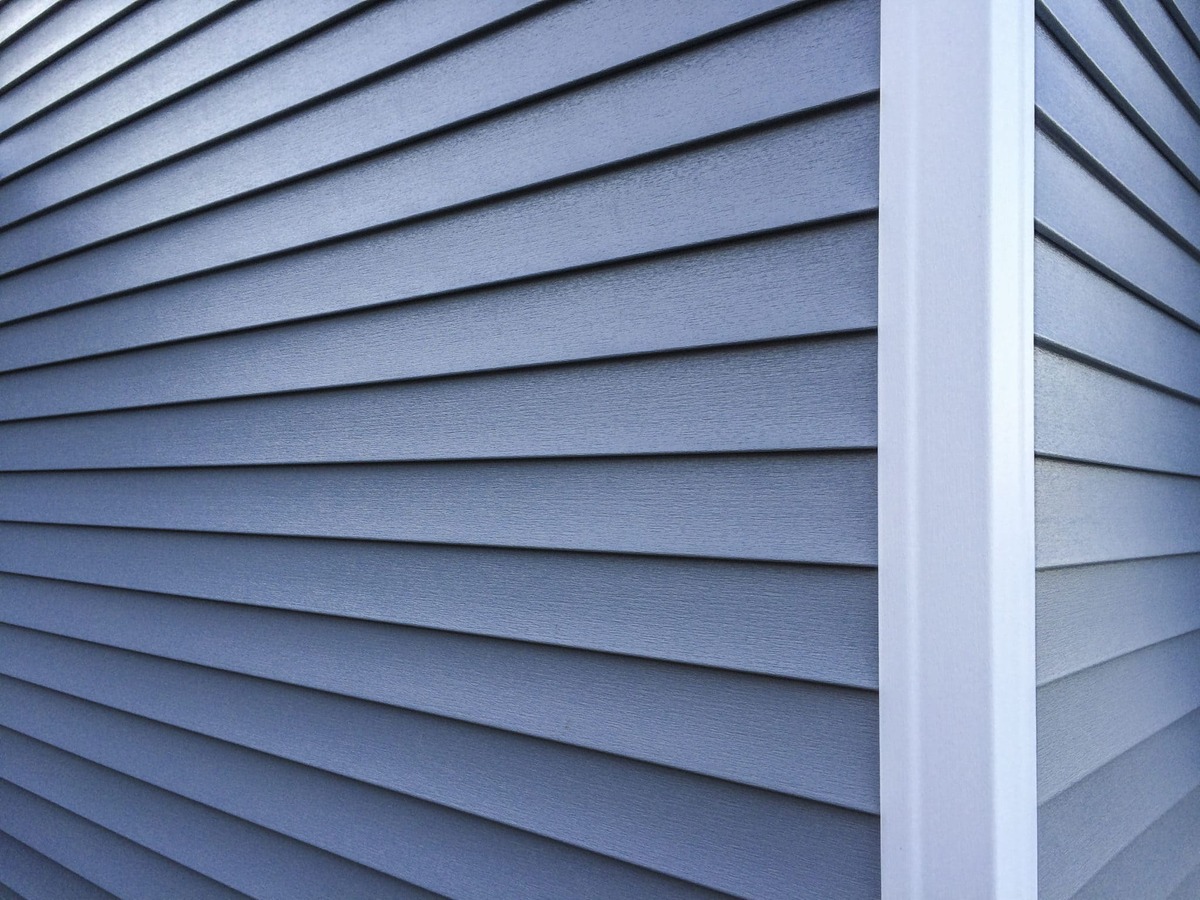

0 thoughts on “What Is Behind Siding On A House”